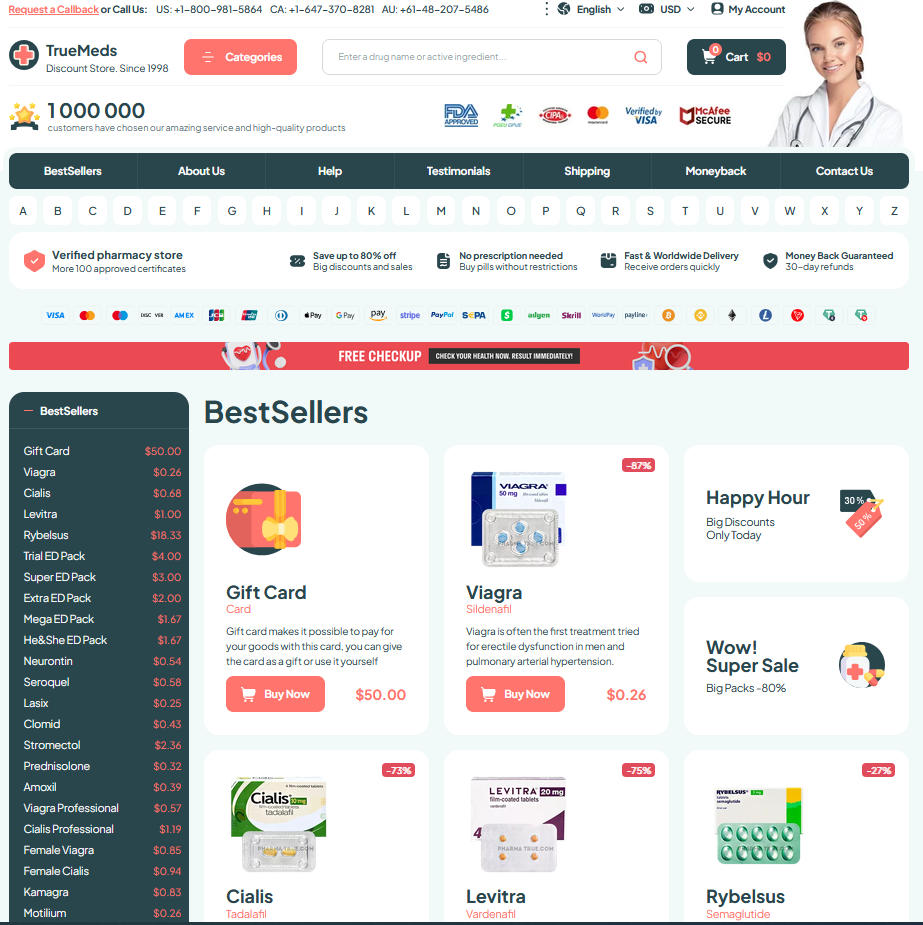 Myths about Voltaren: Separating Fact from Fiction
Myths about Voltaren: Separating Fact from Fiction
Common Misconceptions about Voltaren’s Safety Profile
Many assume topical pain relievers are risk-free; reality is more nuanced. Concentration, duration, and skin integrity affect absorption and side effects.
Reports of severe system-wide issues exist but are rare. Most users experience localized irritation; systemic reactions usually require misuse or prolonged exposure.
Healthcare guidance reduces confusion: correct dose, short courses, and avoiding damaged skin minimize problems. Pharmacists can clarify safe application.
Separating anecdote from evidence helps patients make calm, informed choices. Balanced discussion, not alarm, leads to safer, more effective use and fewer avoidable complications overall for daily life.
| Risk | Typicality |
|---|---|
| Local irritation | Common |
| Systemic effects | Rare |
Topical Versus Oral Efficacy: What Studies Show

When an athlete rubs a gel into a sore knee they choose local relief over swallowing a pill; clinical trials show topical preparations provide meaningful pain reduction for superficial joint and muscle pain while minimizing systemic exposure. Studies of voltaren gel report faster onset at the application site and lower blood concentrations than oral formulations, making topical therapy attractive for localized symptoms and patients at risk of systemic adverse effects.
By contrast, oral nonsteroidal anti-inflammatory drugs reach deeper tissues and are generally more effective for widespread or severe inflammatory conditions, but carry higher risks to the stomach, kidneys, and cardiovascular system. Randomized comparisons suggest comparable short-term pain relief for some focal problems, yet clinicians balance efficacy against safety, choosing topical agents when appropriate and reserving oral treatment for more extensive disease. Patient preference and comorbidities often guide individualized treatment decisions.
Does Voltaren Cause Addiction or Dependence?
People often fear pain medicines will hijack their bodies, but topical nonsteroidal treatments work differently. voltaren, a topical NSAID, relieves inflammation without the brain changes tied to addiction. It is not habit forming and does not cause cravings.
Dependence implies craving and withdrawal; NSAIDs lack those mechanisms. Long term misuse can cause harm, yet not chemical dependence like opioids.
Use as directed, discuss chronic pain with your clinician, and monitor side effects; that balanced approach prevents harm while maintaining relief. If pain persists, consider physical therapy, exercise, and counseling options.
Cardiovascular Risks: Separating Small Risk from Panic

Imagine reaching for a gel after a long run and worrying that a simple remedy might trigger a heart attack. Clinical evidence shows systemic NSAIDs can slightly increase cardiovascular risk, but the danger depends on dose, duration and patient factors like existing heart disease. Topical products such as voltaren deliver much lower systemic levels, so their contribution to heart risk is far smaller than oral formulations, particularly when used short-term and at recommended doses.
That doesn't mean ignoring precautions: discuss risks with your clinician if you have hypertension, prior stroke, or heart failure. Use the lowest effective dose, avoid prolonged continuous use, and report new chest pain or shortness of breath. For many people the benefit of reduced pain and improved mobility outweighs the small increased risk, but individual assessment keeps concern proportional rather than panic-driven and consult your clinician.
Safe Use during Pregnancy and Breastfeeding Explained
When I first considered treatment while pregnant, I read dozens of leaflets about pain relievers and felt overwhelmed. Doctors usually advise avoiding NSAIDs like voltaren in late pregnancy because they can affect fetal circulation; early-term short courses are sometimes judged lower risk but require medical advice with clear dosing guidance.
Breastfeeding guidance is more nuanced: small topical doses have minimal systemic absorption, so many clinicians consider topical diclofenac acceptable with caution after specialist review. Oral NSAIDs pass into milk in small amounts, so timing and necessity should be discussed to minimize infant exposure.
Always consult obstetric or pediatric providers before using any NSAID; alternative pain strategies like acetaminophen, physical therapy, or localized treatments are often preferred. Shared decision making balances symptom control with fetal and neonatal safety, tailoring choice and duration to individual circumstances and careful monitoring and regular review.
| Stage | Advice |
|---|---|
| Pregnancy | Avoid late-term use |
| Breastfeeding | Prefer topical, consult |
Interaction Myths: Combining Voltaren with Other Medications
People often imagine Voltaren as harmless and mix it freely with other drugs; reality is subtler. Some combinations increase bleeding, kidney stress, or reduce blood pressure control, so context matters.
Not all interactions are dramatic, and low-dose topical use carries less systemic risk than oral diclofenac, but caution is wise with anticoagulants, SSRIs, and combined NSAID therapy.
Healthcare providers watch for renal impairment when mixing ACE inhibitors or diuretics with diclofenac, and they avoid co-prescribing drugs that raise lithium or methotrexate levels.
Bottom line, don’t assume safety, list every prescription, over-the-counter medicine, herb and supplement to your clinician; many interaction risks are avoidable with a pharmacist’s quick review and lab checks. PubMed NHS
(832) 428-5608
Houston, TX 4101 Greenbriar Dr. Ste. 205K
info@enhancingmassage.com
(832) 428-5608
Houston, TX 4101 Greenbriar Dr. Ste. 205K
info@enhancingmassage.com
(832) 428-5608
Houston, TX 4101 Greenbriar Dr. Ste. 205K
info@enhancingmassage.com